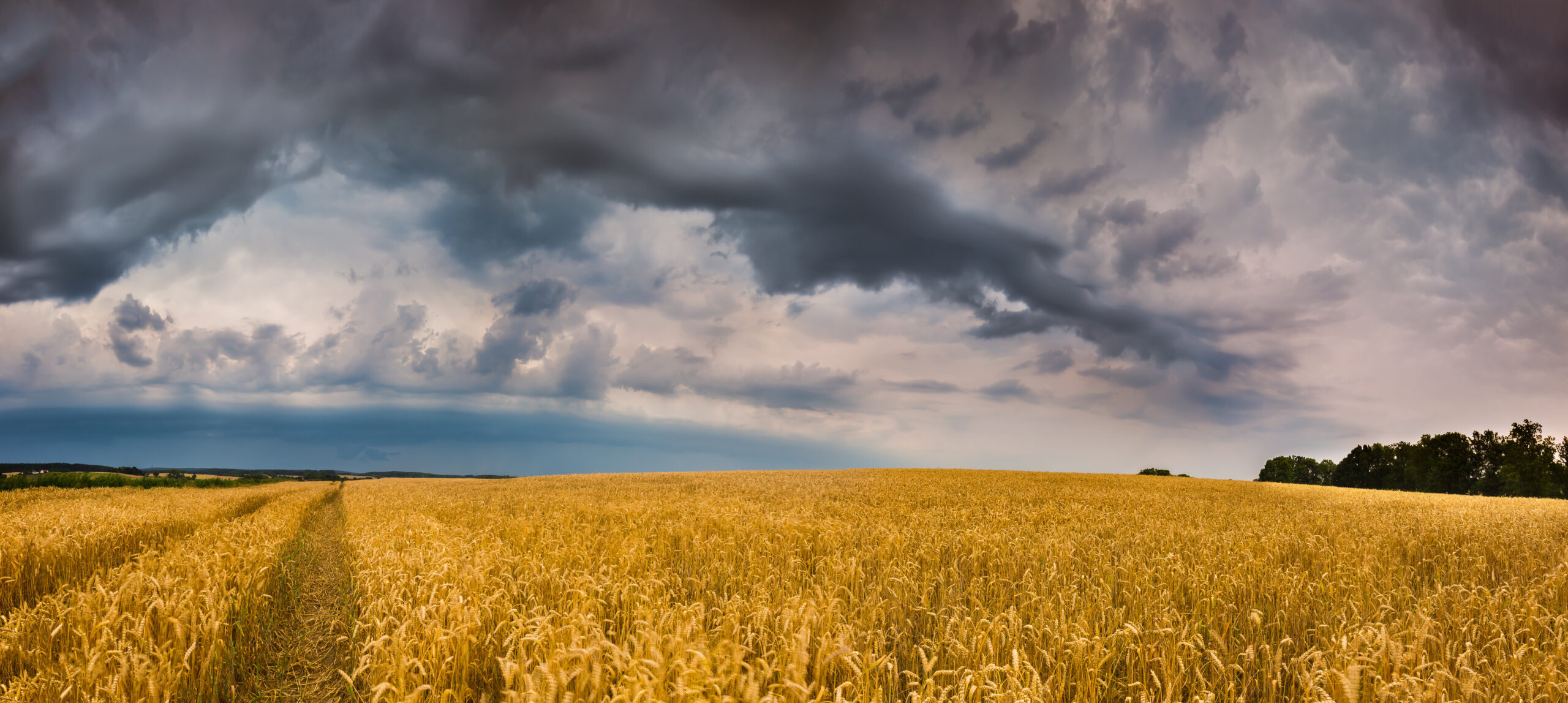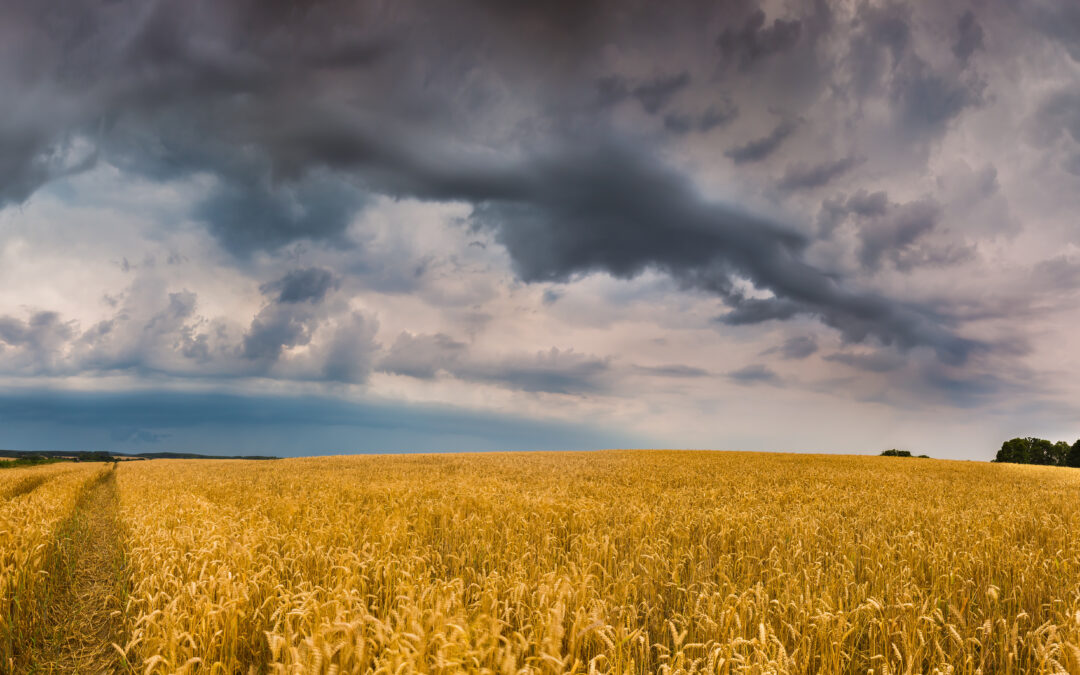As the world becomes more unpredictable, it’s essential to be prepared for any emergency. Natural disasters can strike at any time and without warning, leaving devastation in their wake. However, by taking proactive steps towards emergency preparedness, you can minimize the impact of a natural disaster on your family or business. In this article, we will provide you with a step-by-step guide on how to prepare for a natural disaster.
Step One: Introduction to Emergency Preparedness
The first step in preparing for an emergency is to understand what constitutes as one. A natural disaster refers to any event that occurs naturally and causes significant damage to life or property. Some examples include hurricanes, earthquakes, floods, tornadoes, wildfires, and blizzards. Understanding these events and their potential impact on your area will help you create an effective emergency plan.
Step Two: Creating an Emergency Plan and Kit
Creating an emergency plan involves identifying potential risks, developing strategies to mitigate them, and establishing communication protocols with loved ones. You should also consider creating a contact list of local authorities, hospitals, and other important numbers. Additionally, having an emergency kit ready beforehand can make all the difference during a crisis. Your emergency kit should contain non-perishable food items, water, flashlights, batteries, first aid supplies, and any necessary medications. It’s crucial to have these supplies readily available so you don’t have to rush around looking for them when disaster strikes.
Step Three: Preparing Your Home for Natural Disasters
Preparing your home for a natural disaster requires some additional measures beyond having an emergency kit. For example, securing loose outdoor furniture or equipment that could become projectiles during high winds. You may also want to install storm shutters or reinforce doors and windows to protect against flying debris. If you live in an area prone to flooding, elevating valuable possessions off the ground or investing in sandbags can help prevent water damage. Taking these precautions can go a long way in keeping your family safe and reducing the risk of injury or loss during a natural disaster.

Step Four: Staying Safe During a Natural Disaster
Staying safe during a natural disaster often depends on the specific type of event. For instance, if there’s a tornado warning, seeking shelter in a basement or interior room away from windows is recommended. Similarly, during a hurricane, evacuating to higher ground if possible or staying indoors on the highest floor of a sturdy building is advised. Regardless of the situation, always follow the advice of local officials and stay informed through reliable news sources.
Step Five: Recovering After a Natural Disaster
Recovering after a natural disaster can take weeks, months, or even years depending on the severity of the event. The first few days following a disaster are critical, as they involve searching for survivors, restoring power and utilities, and providing medical assistance to those in need. As the recovery process continues, it’s essential to document any damages or losses and file insurance claims promptly. Additionally, reaching out to community organizations or volunteering opportunities can help speed up the recovery process while providing support to others who were affected by the disaster.
Thank you for reading this post, don't forget to subscribe NOW for FREE!
In conclusion, being prepared for a natural disaster is vital to ensuring the safety and wellbeing of yourself and your loved ones. By following our step-by-step guide, you can develop an effective emergency plan and reduce the impact of a natural disaster on your life. Remember, stay calm, stay informed, and above all else, stay safe.






